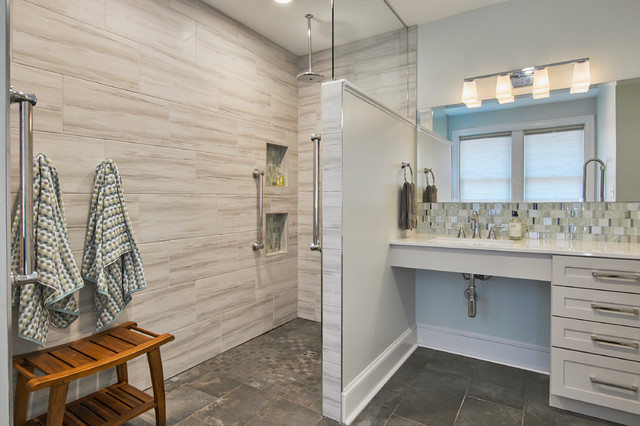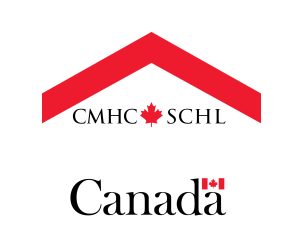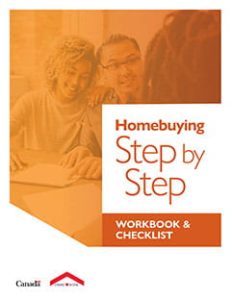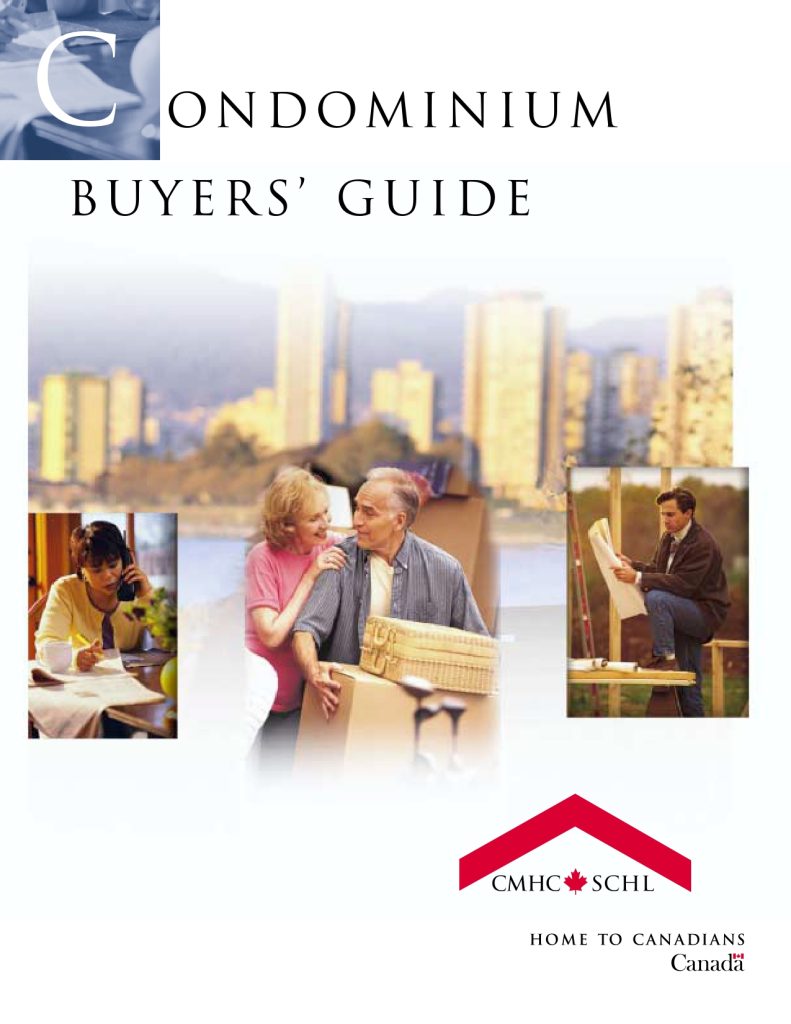
Did you know that homebuyers:
- can put down as little as 5% for a down-payment, for homes worth less than $500,000.
- If the purchase is between $500,000 and $1 million, you’ll need 10% on the amount between the portion of $500,000 and $1million.
- For homes priced in excess of $1 million, the minimum down payment is 20% (i.e. a couple would need to put down 10% each). Putting down at least 20% means you won’t have to pay mortgage default insurance.
- in Ontario (at tax time) receive a land transfer tax refund of up to a maximum of $4,000
- can qualify as a first-time home buyer twice-or more…check out this article to learn more. The conditions attached to programs such as the First Home Savings Account (FHSA) and the Home Buyers’ Plan (HBP) leave room for you to be a first-time home buyer twice — or more. Buying a home, selling it and waiting four or five years to buy your next one may not be the most common scenario, but if that’s the position you one day find yourself in, these programs may offer help you can tap into.
Note: If you’re interested in any of these programs, please consult your bank.

1. First Home Savings Account (FHSA)
This program is specifically designed to help first-time homebuyers save for their down payment without having to pay taxes on the interest earned on their savings.
You can contribute up to $8,000 per year to a maximum lifetime contribution of $40,000 in tax-free savings. Your contributions are tax-deductible and whatever gains you realize on your FHSA investments are tax-free.
To qualify, you need to be a Canadian citizen, be at least 18 years of age and not older than 71 years of age. You also Need a valid Social Insurance Number (SIN).
The money saved can only be used to buy a home. If you choose to buy something other than a home, that money will be considered taxable income.
For more details visit: Canada.ca

2. RRSP Home Buyers Plan (HBP)
A Canadian Government program, designed to allow homeowners to withdraw up to $35,000 from an RRSP for the purpose of buying a home! Purchasing with your spouse or partner? You can access a total of $70,000 from your RRSP’s.
For federal programs (i.e. RRSP Home Buyers’ Plan), the following apply:
- You must be at least 18 years of age
- You must be a Canadian citizen or permanent resident
- The property/home you bought must be in Canada
- You cannot have owned a home within the last four years
- You’re buying with a spouse (or common law partner) who is not a first-time homebuyer, you cannot have lived in a house that they owned within the last 4 years
- You must have documentation verifying that you have purchased a home
- You must intend to live in the home as your primary residence within one year of purchase.
For more details visit: Canada.ca

3. Land Transfer Tax Rebate
Ontario charges a land transfer tax when you buy a house. This is generally between 0.5% and 2.0% of the purchase price of the property and represents the largest closing cost you’ll have to pay.
In an effort to help first-time home buyers, several provinces, including Ontario rebate some or all of this tax–if you’re eligible.
Home buyers in the City of Toronto are also eligible to receive a rebate on the city’s land transfer tax, in addition to the provincial rebate.
As of January 2024, these are the maximum rebates in Ontario:
- City of Toronto: $4,475
- Ontario: $4,000
For more details visit: Ontario.ca and Toronto.ca

4. HST New Housing Rebate
The HST New Housing Rebate offers money back to Canadians who:
- buy a newly built home
- substantially renovate an existing home or
- rebuild a home that was destroyed due to fire.
In all three cases, an individual will incur HST on their purchase.
The HST portion of a new home purchase or renovation can be rebated to all Canadians who qualify. It’s not exclusively available to first-time home buyers, but it’s regularly used by first-time home buyers that are buying newly built homes.
This rebate applies to the federal component of this tax, but some provinces also have their own version of this rebate, which reimburses buyers a portion of the provincial component.
For more details visit Canada.ca

5. Home Accessibility Tax Credit (HATC)
The HATC is a non-refundable tax credit for renovations that make the home accessible for those with disabilities.
The alterations must be created to allow an individual to be mobile or functional within the dwelling, gain access to the building, or reduce their risk of harm within it.
The HATC has an annual expense limit of $20,000, which would provide a tax credit of up to $3000 and can be claimed by eligible or qualifying individuals.
For more details visit: Canada.ca

First-Time Home Buyer Incentive Program
As of March 31, 2024, the Canadian government’s First-Time Home Buyer Incentive program will be discontinued.
You can read more about it here: CMHC-SCHL.GC.CA
6. CMHC Mortgage Loan Insurance

Canada Mortgage and Housing Corporation (CMHC) is a crown corporation (owned by the federal government, governed by a Board and responsible to Parliament through a Minister). CMHC was created back in 1946 to assist with the return of Canadian soldiers returning to Canada from the war in Europe, as well as to lead Canada’s various housing programs.
In 1954, the Government expanded the National Housing Act (NHA) to allow chartered banks to enter the NHA lending field.
CMHC Mortgage Loan Insurance
CMHC introduced mortgage loan insurance, taking on mortgage risks with a minimum payment of 5% down payment, making home ownership more accessible to Canadians.
A CMHC mortgage loan insurance allows buyers to obtain a mortgage for up to 95% of the purchase price of a home.
It also ensures the homebuyer receives a reasonable interest rate, even with a 5% down payment.
Payment Tiers/Based On the Value Of the Home You Wish To Buy
To get mortgage loan insurance, you’ll need a minimum down payment. The down payment amount depends on the home’s purchase price:
- If the home costs $500,000 or less, you’ll need a minimum down payment of 5%.
- If the home costs more than $500,000, you’ll need a minimum of 5% down on the first $500,000 and 10% on the remainder.
- If the home costs $1,000,000 or more, mortgage loan insurance is not available.
Cost
Your lender pays an insurance premium on mortgage loan insurance.
It’s calculated as a percentage of the mortgage and is based on the size of your down payment.
Your lender will likely pass this cost on to you. You can pay it in a lump sum or add it to your mortgage and include it in your payments.
Calculate your insurance premium with the CMHC mortgage loan insurance chart.
Get more details by reading CMHC’s frequently asked questions about CMHC mortgage loan insurance.https://www.cmhc-schl.gc.ca/consumers/home-buying/mortgage-loan-insurance-for-consumers/faqs-mortgage-loan-insurance

Download These Handy Government Guides
(simply click on the photo to be take to the particular guide you’re interested in)
Homebuying Step-by-Step Guide and Workbook: find everything you need to help you buy a home in Canada, including worksheets and checklists.
Condominium’s Buyer’s Guide: get detailed information on buying a condominium.
Newcomers’ Buying Guides: read homebuying information in 8 different languages!



